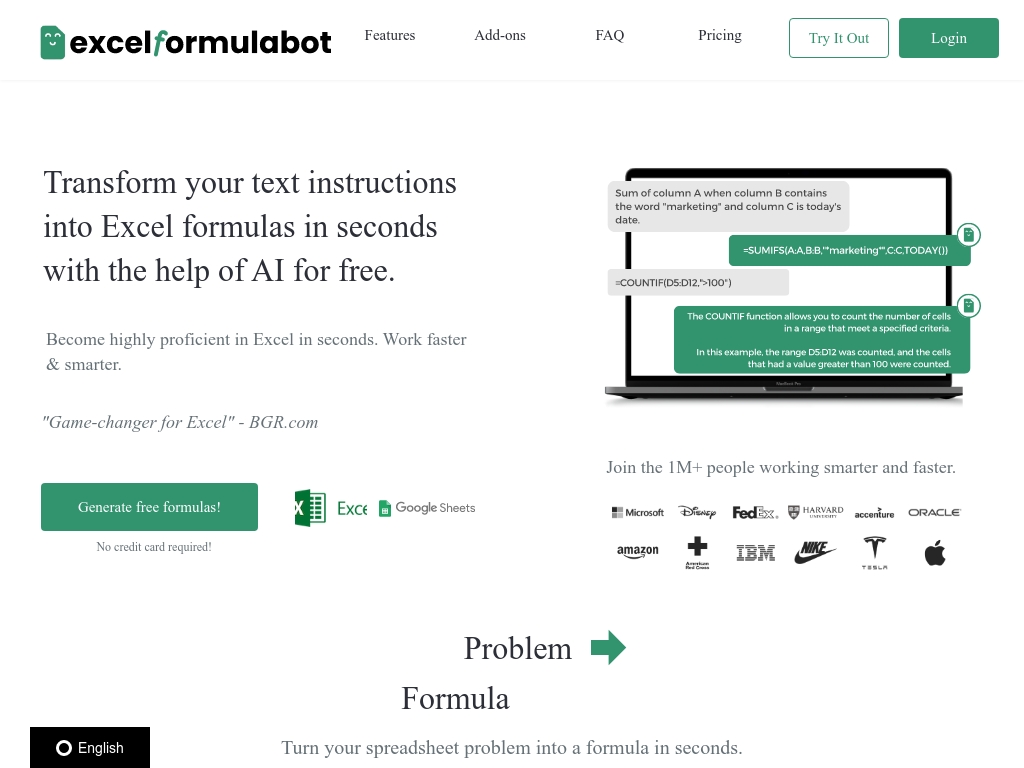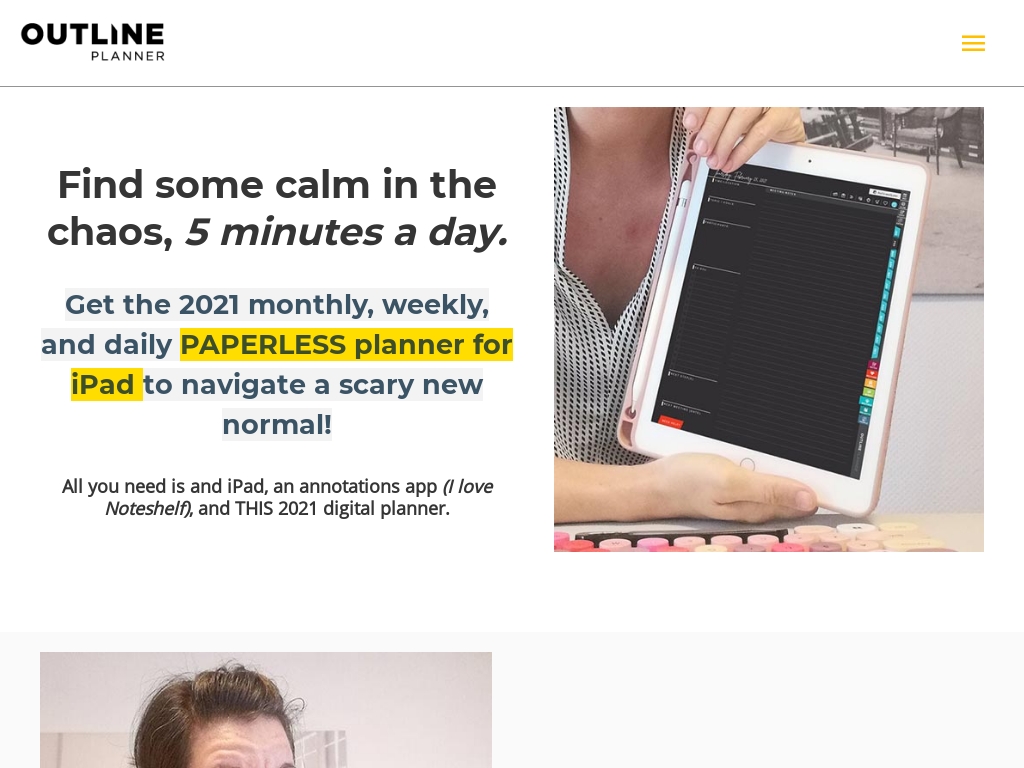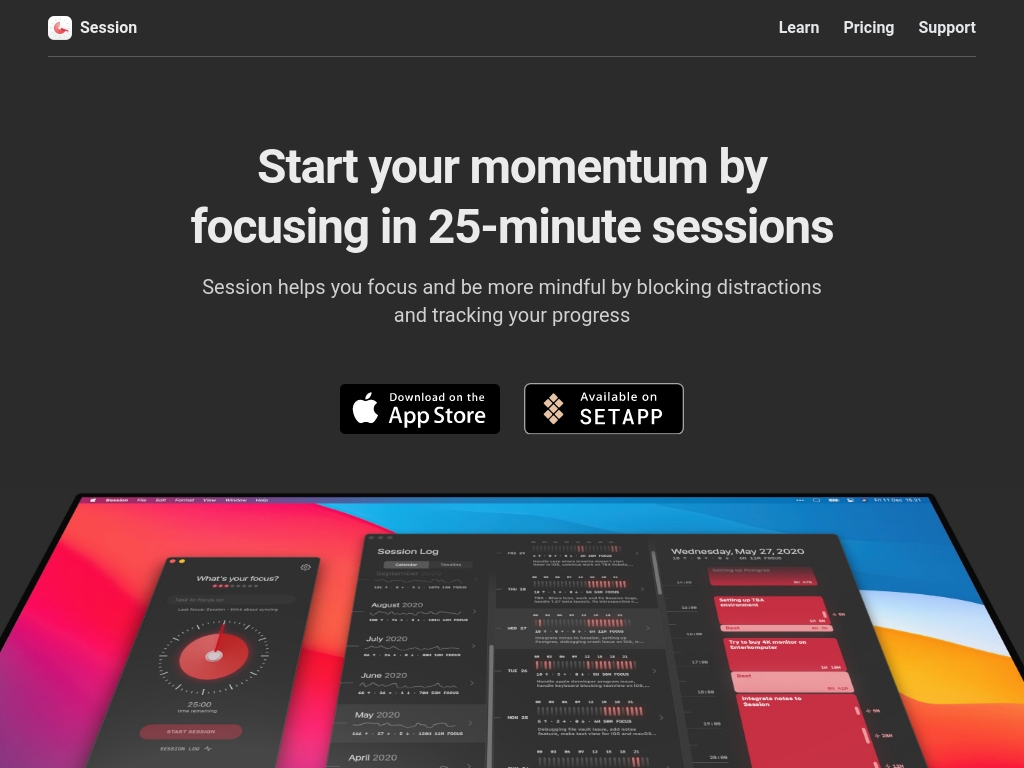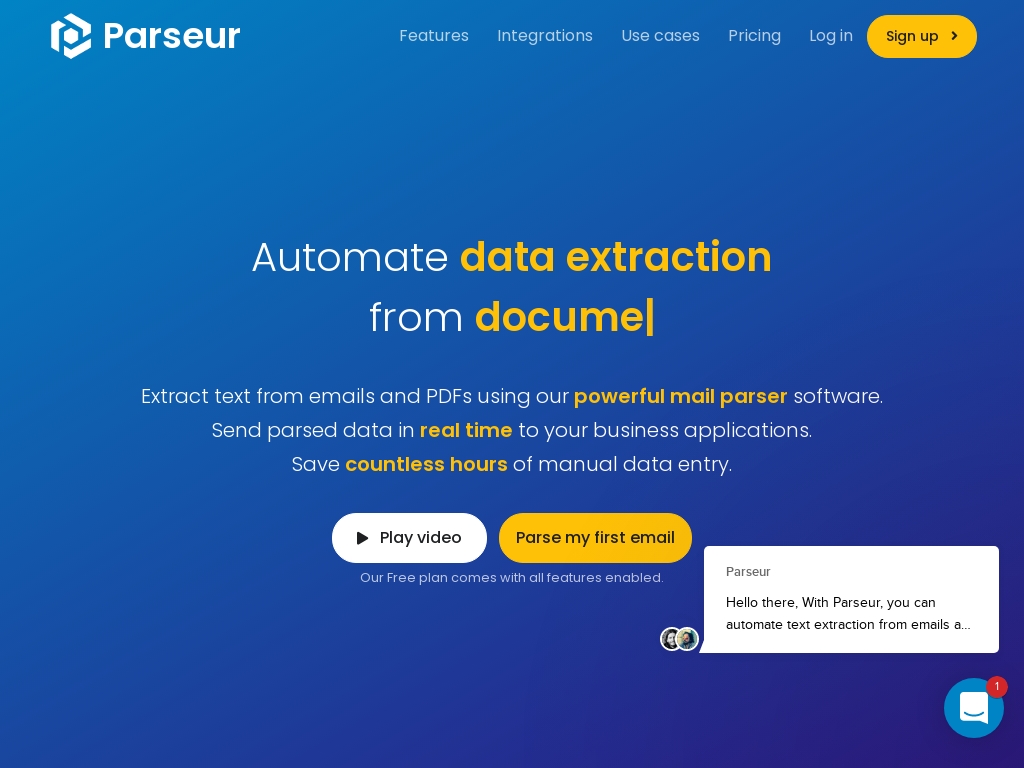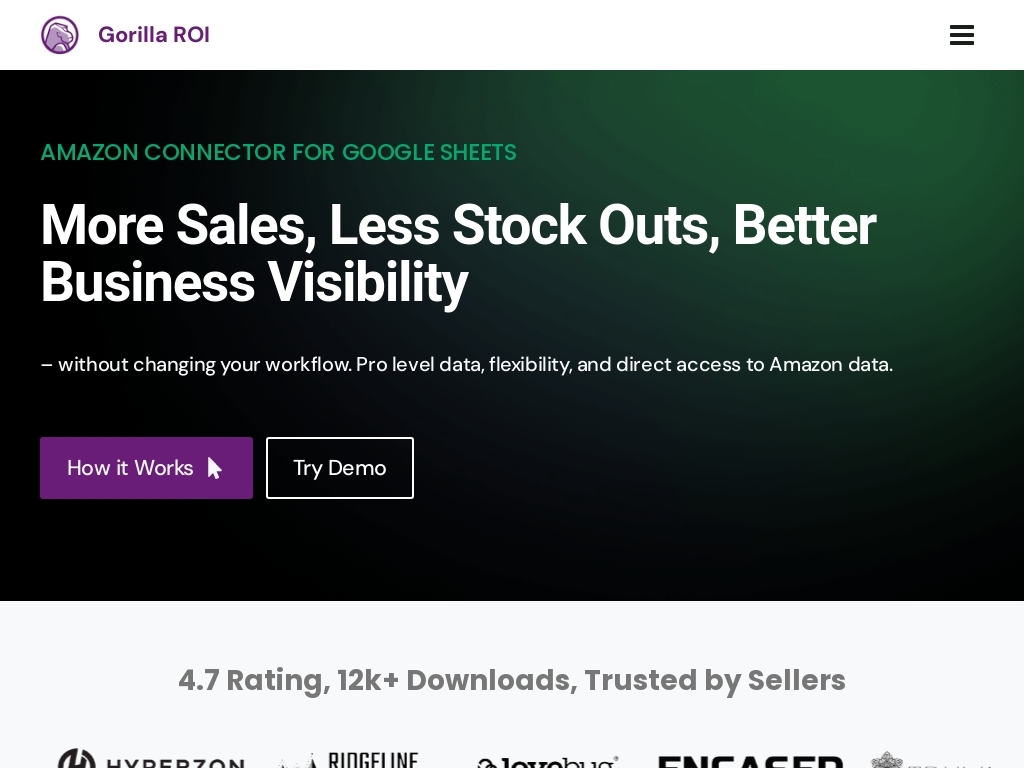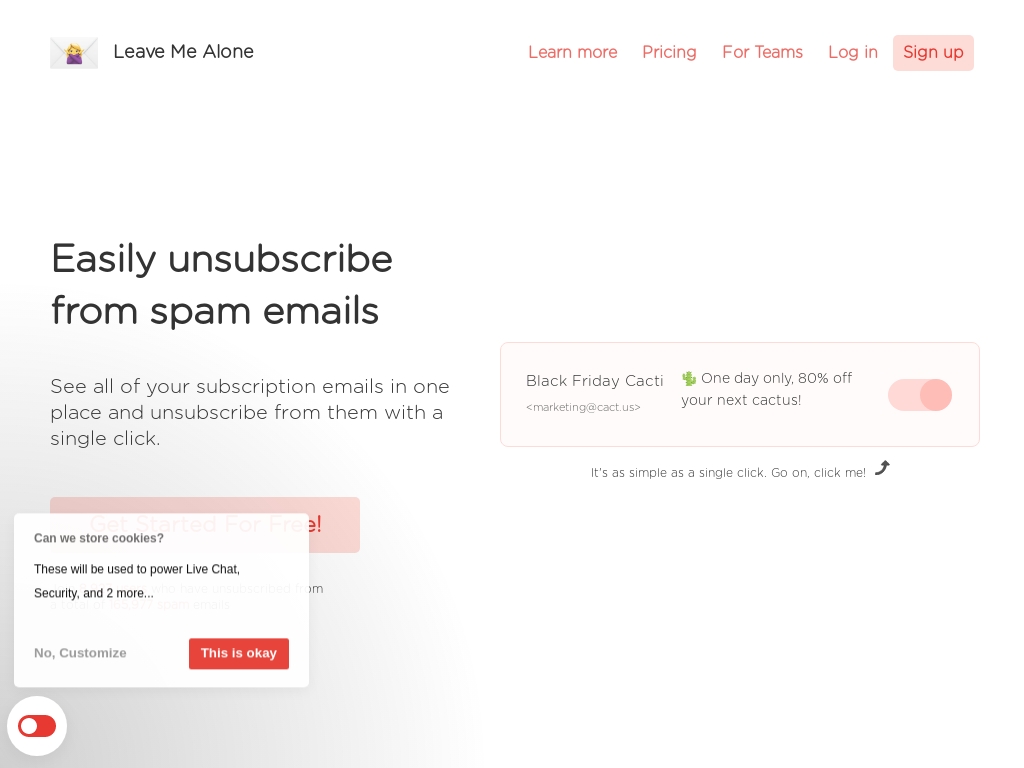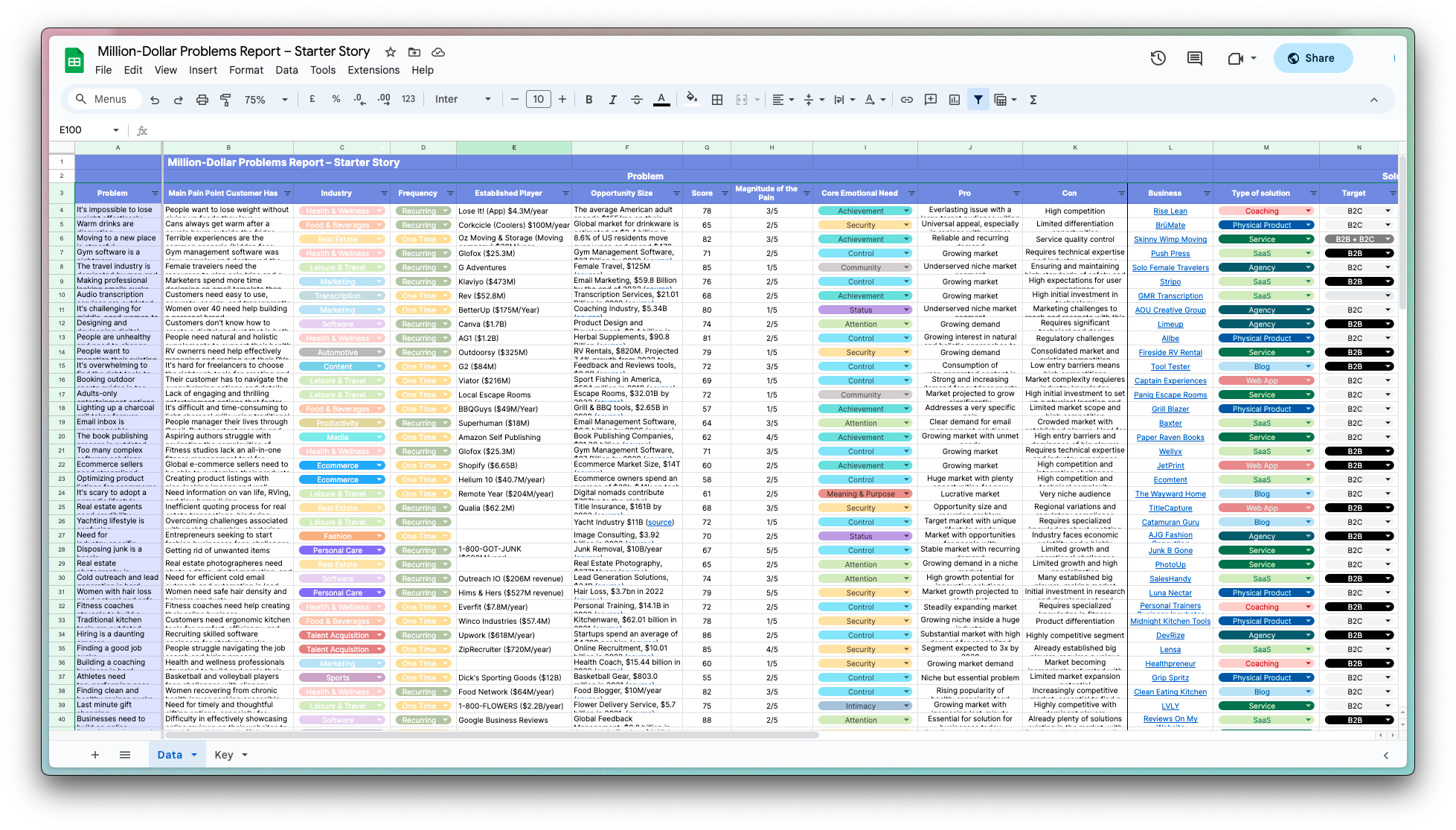
How I Grew My CRM Tool To $1.8M/Year
Who are you and what business did you start?
I'm Simo Lemhandez, CEO and founder of www.folk.app
I'm 29 years old Moroccan guy, graduated from HEC Paris, McKinsey & Morgan Stanley, Forbes 30U30
The CRM space is the biggest sector in SaaS. Dominated by massive, legacy players like Salesforce and Pipedrive. But, ask anyone about their CRM and you’re likely to get a "oahhhhh bahhhh!"...
We thought it was time for a CRM revolution. A system that would be simple to use, integrated to your world, collaborative and intelligent. Like the sales assistant your team never had. To make this mission possible, we've raised $9m in total from Accel and angels around the world and are now powering 300K users and 3K clients around the world to sell more.
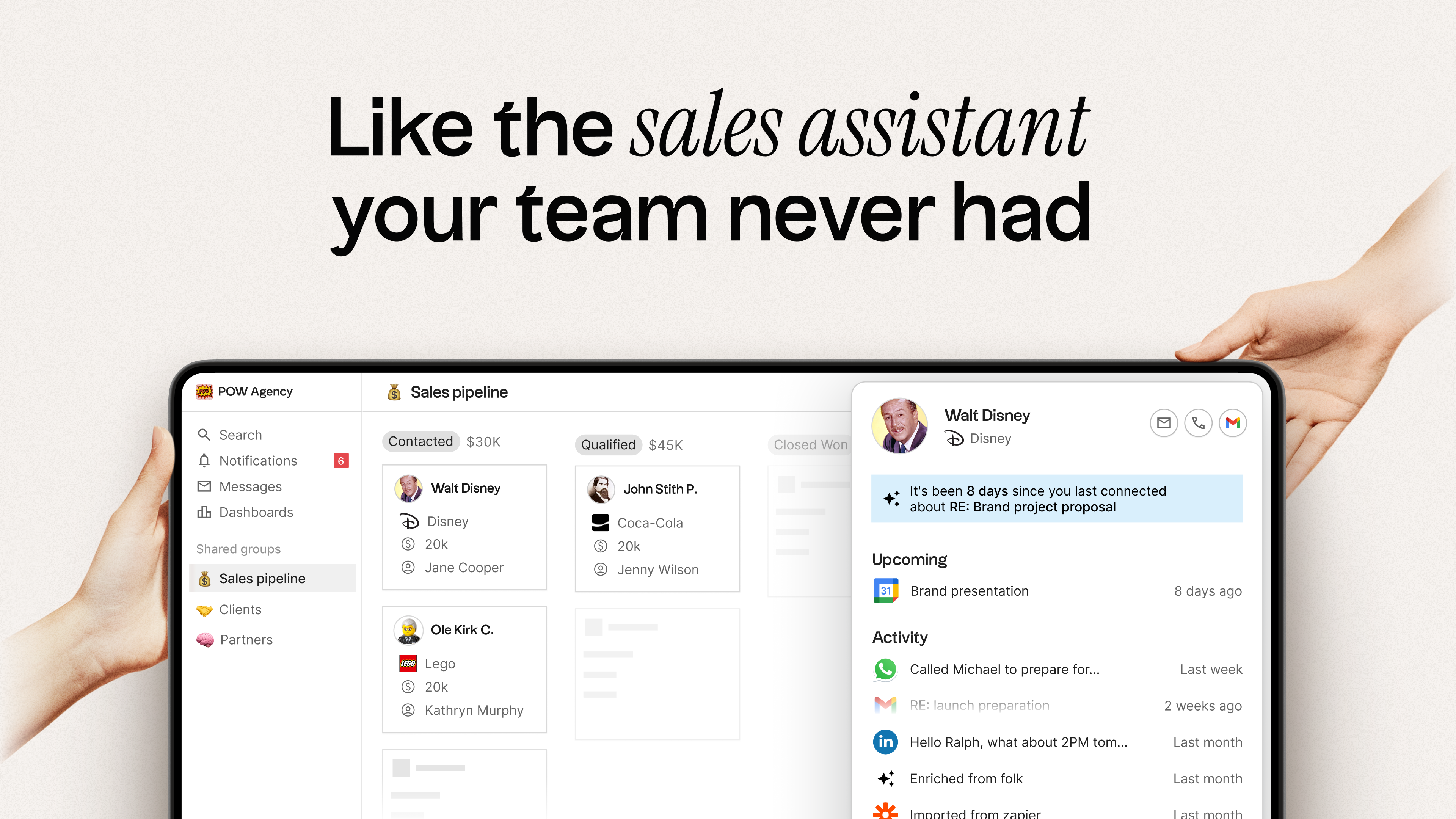
My image
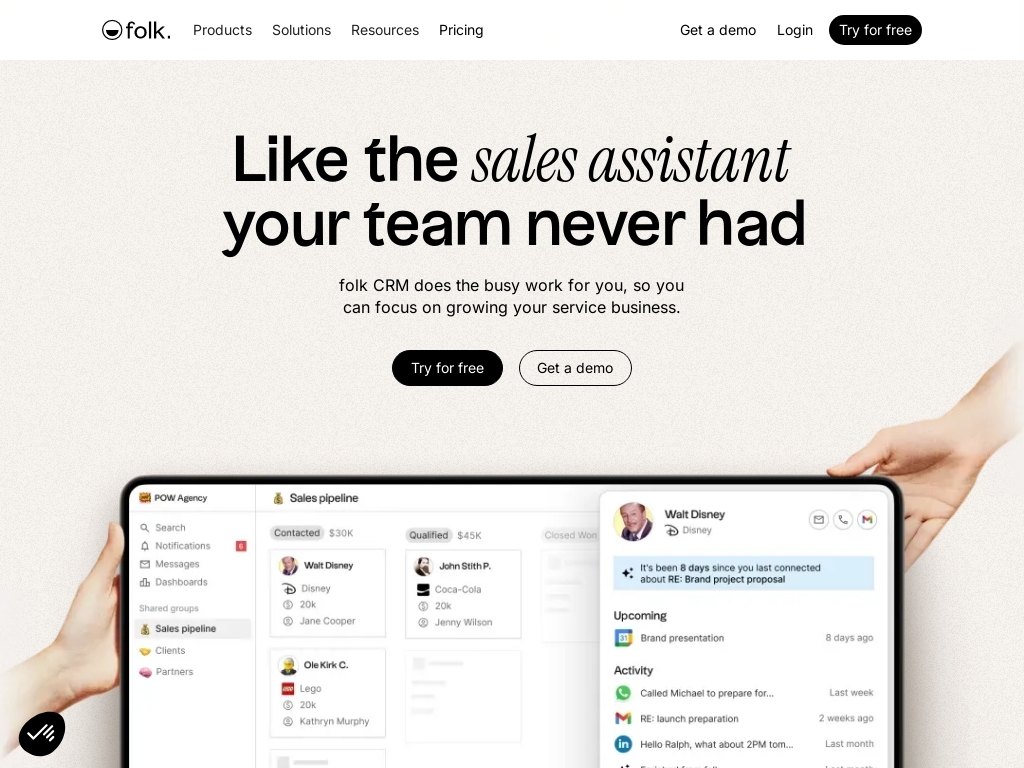
How do you come up with the idea for Folk?
After McKinsey, I did Le Wagon, a coding bootcamp. I started freelancing for multiple clients and I was managing all my leads in a spreadsheet, juggling between conversation on LinkedIn, Whatsapp, emails and live meetings. I was overwhelmed.
I started then looking for a CRM and tried Hubspot, Pipedrive. And wooooof. I felt like going back 20 years in time. The experience was daunting, slow, complex to setup, and not connected to my modern tools. Wearing my consultant hat, I was excited by the contrast between the market size (massive!) the appreciation for the current offerings (very low NPS!).
I then met Thibaud Elziere, ex founder of Fotolia (sold to Adobe) and Hexa. As a SaaS entrepreneur, he dreamed about going after Salesforce, the king of SaaS. That's how it all started.
We then met Jean-Yves, the CTO. We simply built a landing page that we released to validate the idea: a new kind of CRM, simple, easy-to-use, connected, intelligent. We got 10K sign ups on the landing. We knew we were onto something.
How did you build the initial version of Folk?
After validating the idea with a landing page, we started designing the product, first on Figma. We had raised at this time $2.5m pre-seed from Accel.
We invited leads from the waitlist to have conversations with us, to deeply understand their needs. And after each conversation, we were back to coding, to implement what we learned. Here is the email we used to share:
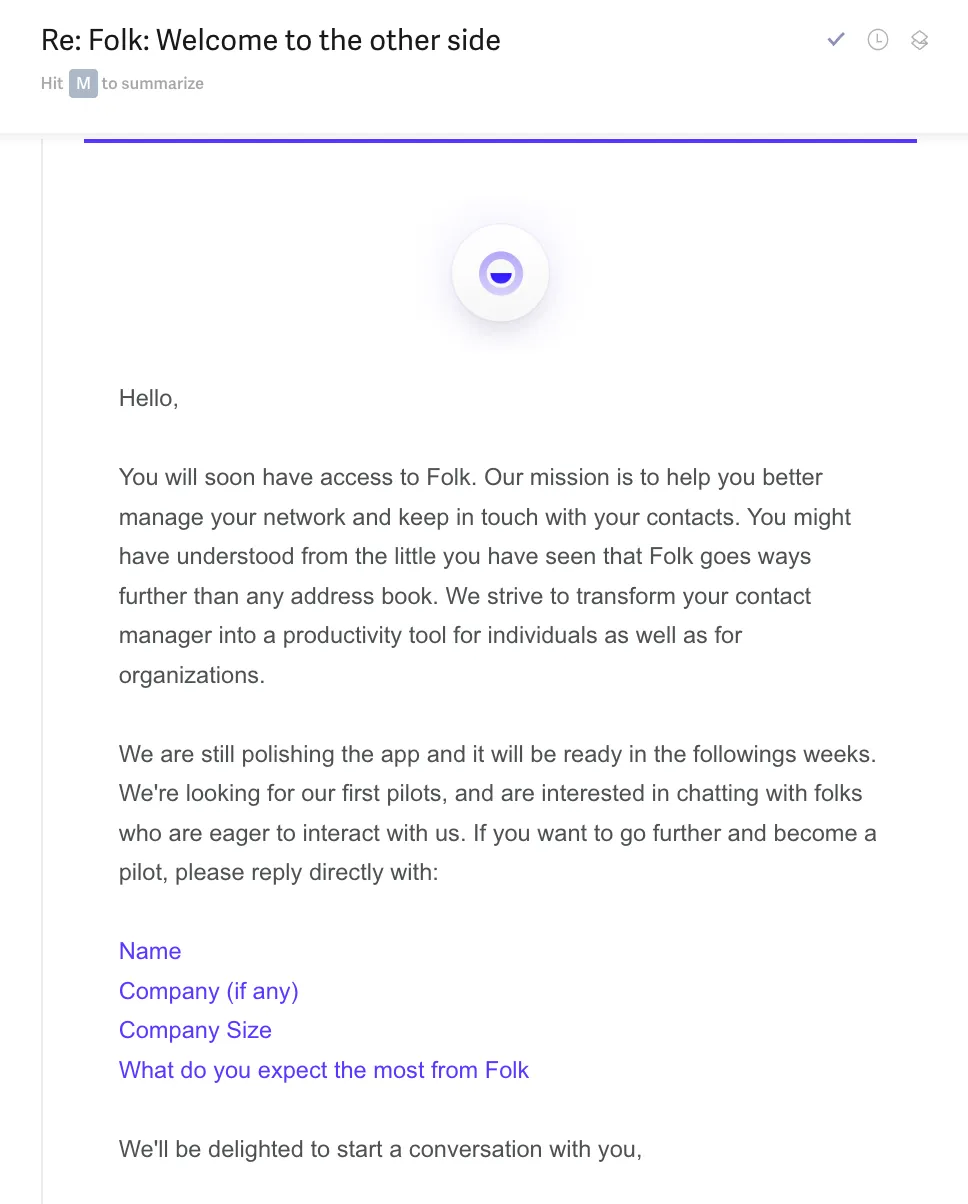
First email to waitlist
The bar to challenge CRMs was super high, there was so much to build. The category is super mature, and the CRM is so central in the stack of businesses, there was no room for an MVP. We were measuring how well we were solving our users' needs by tracking engagement and retention. Only when we had metrics we were proud of, we decided to go out of waitlist & do a public launch (especially on Product Hunt) in April 2022. We've been product of the day, of the month, and nominated product of the year. At this time, we raised additional capital ($6.5m) with angels and funds, to start accelerating.
The team during the first Product Hunt launch
We started charging customers in september 2022, per seat model. Before that, we were doing things in a very artisanal way - using Stripe payment links to make teams pay. Payments wasn't integrated in the product. It's the moment I had the feeling we were becoming a real business, and optimizing for revenue that we were sharing on Slack every morning.
How did you launch Folk and get initial traction?
We started very organically, posting on LinkedIn to build our waitlist. We were very lucky to be a subject that was naturally generating interest - every business uses a CRM, and people hate their CRMs.
But when we understood the product started being loved, we wanted to have more echo. A Product Hunt launch looked like a natural option, to announce to the world we were out of beta.
We prepared the launch like crazy, every detail. Every email, every asset, and a very good video, so the world knew we were the new modern CRM.
The launch was very stressful but helped us get a lot of echo.
What was the growth strategy for Folk and how did you scale?
In sept 22, we knew we had a product we could start scaling, with payment integrated and where users/teams could onboard themselves self-serve. We needed to move beyond our organic circle, and start looking at distribution strategies that could scale.
We thought deeply about the way B2B buyers are choosing their tools, and especially CRMs. Our intuitions were: - People rely a lot on communities to buy. When looking for a CRM, they will look on Reddits, Slack channels, Whatsapp groups they might be part of. Having presence in these groups will help. - Reinsurance & social proof matter a lot. "You never get fired for chosing IBM", and CRM is so central in the stack of businesses. We needed to reinsure people. - People buy more from other people than from brands. We needed to have faces that will represent the business.
Based on that, the channels where we invested heavily: - Influence - working with micro-influencers especially on Linkedin - SEO - to be a solution people find out when searching on Google - Affiliates - to amplify our echo with experts (eg sales coaches, sales agencies) that will share folk with their audience on owned channels
We believe in distribution about having a small number of high conviction bets. It takes time before the investment in a channel start to pay-off. So you need to go for it with conviction and care. I believe it matters a lot to chose your channels intentionally, and keep investing long enough until you can see satisfying results.
The metric we have always been optimizing for is CAC payback. New businesses challenge is always cash, so optimizing for how fast your reimburse your CAC makes sense. We try to be at 6 months CAC payback for the overall business, and given organic makes about 50% of our revenue, we want paid channels to be below 12 months payback.
What were the biggest lessons learned from building Folk?
Starting a business is an amazing, yet intense experience. I believe there are a few choices that have an outsized impact of the journey. These are one-way door decisions.
1/ People - What has the bigger impact on your day-to-day is the people you work with. You need to deeply understand the type of people that you love working with, that energize you, and find ways to structure your process to surround yourself of them. Personally, I need enthusiastic, positive people. Learning to fire fast in the case your recruitment doesn't turn out well is also a great thing. I'm the most proud of the team we've that I love working with everyday.
2/ Funding model. There are some businesses that will keep running after funding series. There are others that will stay boostrap, will be profitable businesses but will have less $$ to invest in the early days. We've gone for an intermediary choice: raising early (as we had lot of engineering costs upfront) and then going profitable. The way you decide to fund your business has a lot of impact, on governance, dilution and ability to invest.
3/ Market. Your market has an outsized impact on the outcomes you'll get. There are some markets that are simply virtuous: high growth, high retention, low competition, etc. Choose wisely. We've been fortunate to be on a very large market, with very low NPS for existing player. The category already exists so no need to convince people they need a CRM, they already know it. But that also comes with high competition.
My biggest takeaway is that founding a company is a 10y journey, maybe more. So you'd rather structure in a way you'd enjoy it!
Discover Similar Business Ideas Like Folk
|
|
Idea
|
Revenue
|
|---|---|---|
|
Excelformulabot
|
AI tool turning text instructions into Excel formulas.
|
$23K
monthly
|
|
Outline Planner
|
iPad digital planner for organized productivity.
|
$3K
monthly
|
|
Session
|
Focus-enhancement app blocking digital distractions.
|
$8.33K
monthly
|
|
Parseur
|
Subscription service for automating email and document data extraction.
|
$40K
monthly
|
|
Gorilla ROI
|
Google Sheets add-on for Amazon sellers.
|
$23K
monthly
|
|
Leave Me Alone
|
"Tool to easily unsubscribe from unwanted emails."
|
$10K
monthly
|
|
The Word Counter
|
"Free online tool for word counting and writing aid."
|
$20K
monthly
|
More about Folk:
Who is the owner of Folk?
Simo LEMHANDEZ is the founder of Folk.
When did Simo LEMHANDEZ start Folk?
2020
How much money has Simo LEMHANDEZ made from Folk?
Simo LEMHANDEZ started the business in 2020, and currently makes an average of $1.8M/year.
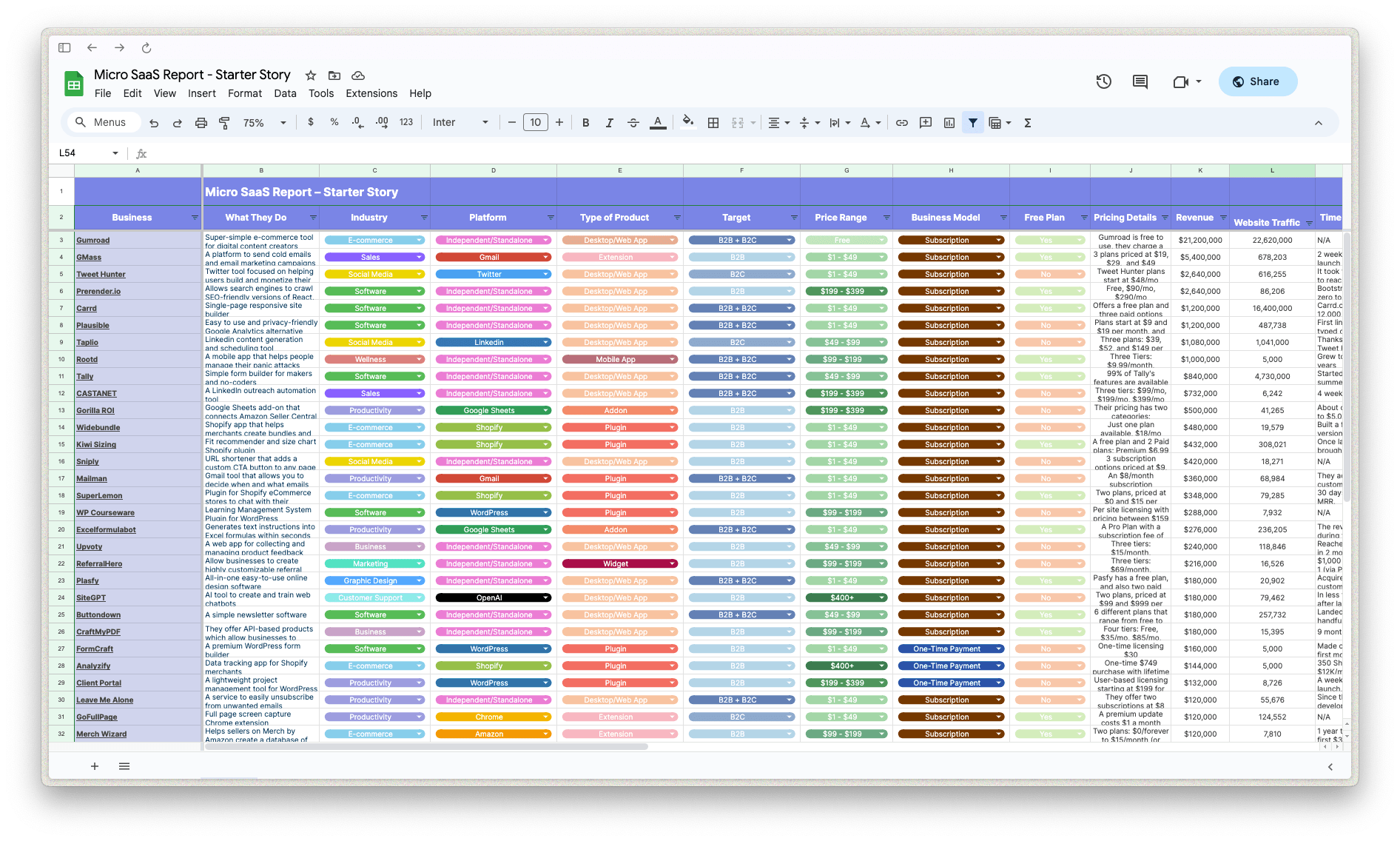
Download the report and join our email newsletter packed with business ideas and money-making opportunities, backed by real-life case studies.

Download the report and join our email newsletter packed with business ideas and money-making opportunities, backed by real-life case studies.

Download the report and join our email newsletter packed with business ideas and money-making opportunities, backed by real-life case studies.

Download the report and join our email newsletter packed with business ideas and money-making opportunities, backed by real-life case studies.

Download the report and join our email newsletter packed with business ideas and money-making opportunities, backed by real-life case studies.

Download the report and join our email newsletter packed with business ideas and money-making opportunities, backed by real-life case studies.

Download the report and join our email newsletter packed with business ideas and money-making opportunities, backed by real-life case studies.

Download the report and join our email newsletter packed with business ideas and money-making opportunities, backed by real-life case studies.
